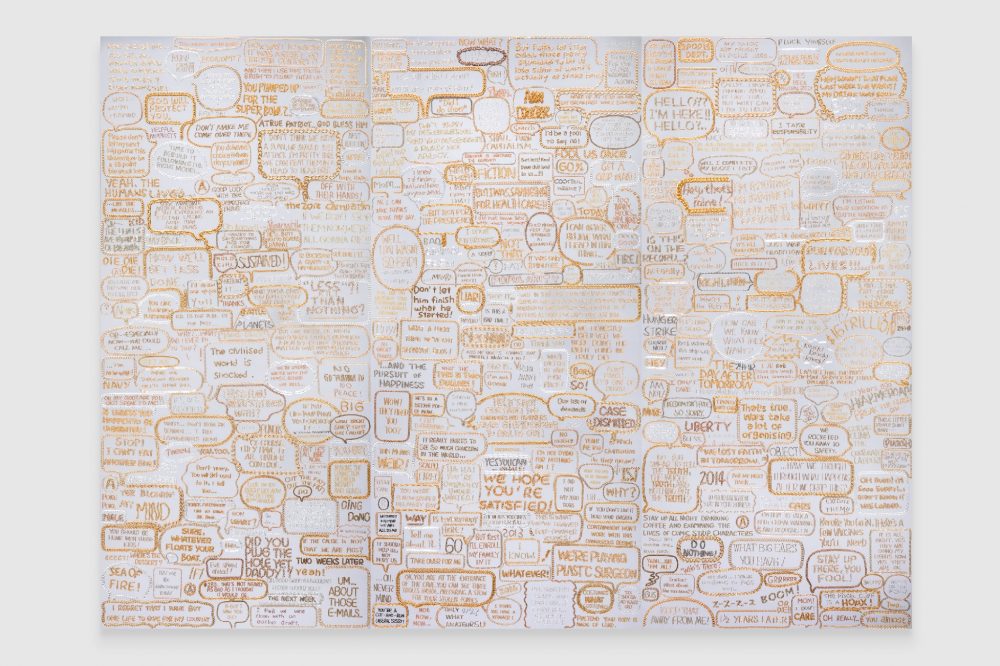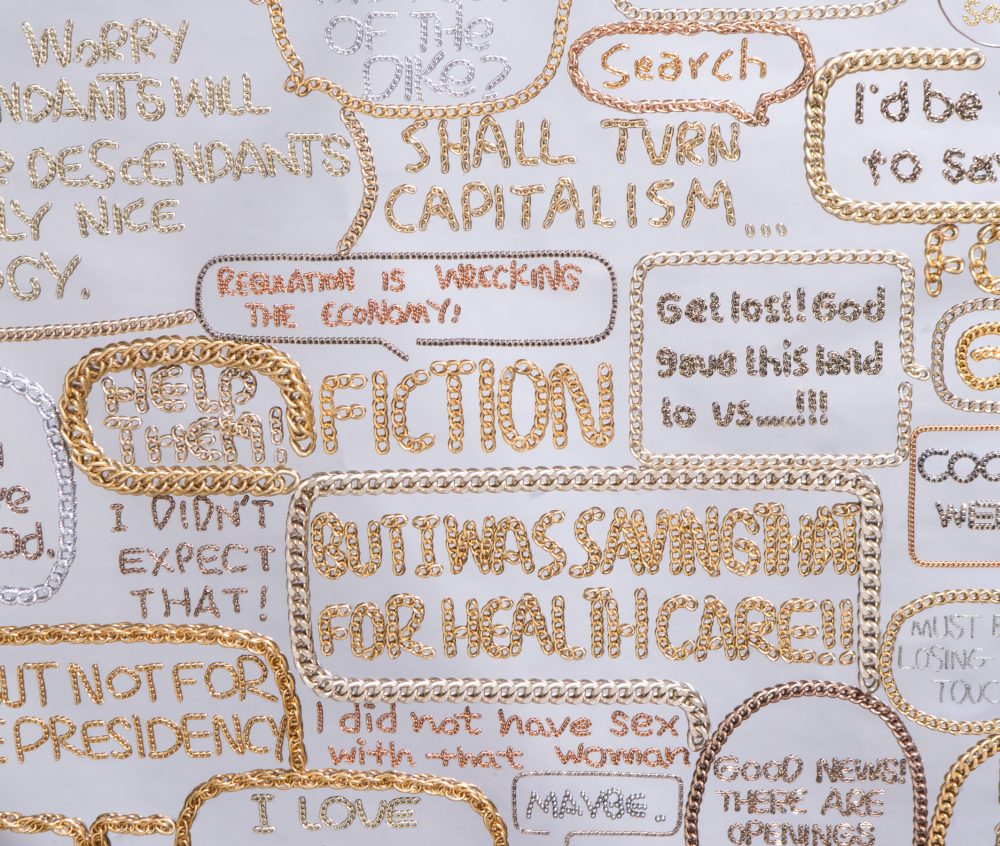-
2019.12.21 – 2020.04.12
HOW Art Museum (Wenzhou), Wenzhou, China“When Cangjie first invented writing, it is said that he began by emulating the forms of things and phenomena with graphic representations, thus creating what is referred to as wén (pattern(s)). He then associated these graphic representations with corresponding pronunciations creating what is referred to as zì (character(s)). “As for wén (pattern(s)), they are the basis of the images of things; As for zì (characters) they originally referred to reproduction and proliferation.” ——Xu Shen Shuowen Jiezi (Explaining Graphs and Analyzing Characters) HOW Art Museum (Wenzhou) is pleased to announce its upcoming group exhibition “A rose is a rose is a rose”, which opens on December 21st, 2019. This exhibition is an attempt to reposition the relationship between the word and the image, and to emphasize the word as the subject of the image itself. The Chinese title of the exhibition, literally translated into English as “the words of the words of the words…”, is conceived as a palindrome (huiwen) poem, which always returns to itself in its composed structure. The English title of the exhibition borrows from the famous quote “Rose is a rose is a rose is a rose” by the poet, novelist and literary theorist Gertrude Stein, referring to the dialectical relationship between the object itself and its representation. Most of the artists participating in the exhibition work with semantics, symbolism, and the phonology of the word. Either through a direct statement or different juxtaposition and re-arrangement of the “words”, the artists look at the literal text as a ready-made product, and used a variety of materials (metal, neon lights, polysterene, computational images, etc) to attach different meanings to the rearranged text/image. Through the act of paraphrasing, collages, cynicism, statements, the artists directly or indirectly express his/her judgement of the reality, or to show one kind of emotion, or to reflect on the future of Chinese writing in the respective works. This is a thematic exhibition that can be too messy or absolutely monotonous, and therefore switches back and forth between a rich and even redundant information overload and another crisp black and white hue. “Word”, either in its spoken and written form, is an ancient method of information transmission, a carrier of historical records, and is also considered as an invention in the history of technological evolution. In the general contemporary visual experience, the word comes in the form of subtitles, voice-overs, advertising slogans, plain texts, captions, prefaces, and curatorial statements. The words attach meanings, and so is of value, and helps communication. The word can be edited, typeset, bolded, italicized, copied, pasted, and is the name of Microsoft’s iconic software. In this exhibition, the viewer does not see the object pointed to by the “named” words, rather, words are just words and they proliferate. Here, the word is fixed. It can be without meanings, but it is placed in the foreground, like an image to make itself visible.



